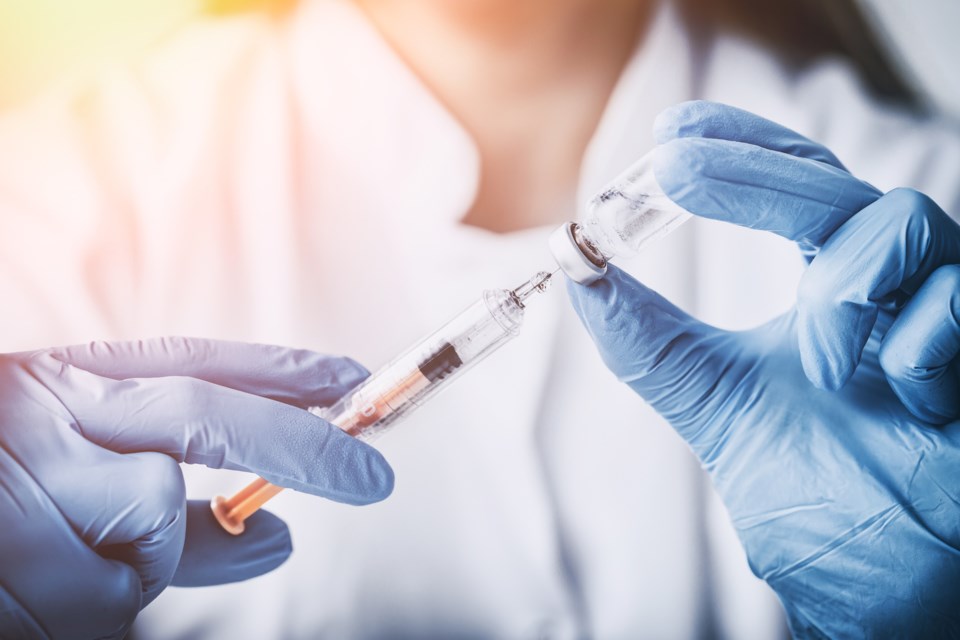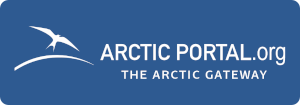 Data shows that Indigenous people are more susceptible to contagious illnesses
Data shows that Indigenous people are more susceptible to contagious illnesses
Many people are struggling to understand why our Indigenous populations are a priority when it comes to getting vaccinated.
These comments are rooted in the perceived notion that everyone is equally susceptible and vulnerable, while in fact the data shows otherwise.
The National Advisory Committee on Immunization (NACI) provides the Public Health Agency of Canada with ongoing medical, scientific, and public health advice relating to immunization.
NACI takes into account the full spectrum of health inequities, navigates the sources of these inequities and where intersections lie between different groups, and directs ethically based interventions.
Factors that may contribute to inequity are as follows: pre-existing health conditions, place of residence, racialization, occupation, gender identity/sex, age, social capitol, education and literacy, religion and belief systems, and socioeconomic status. NACI analyzes these factors and provides insight as to why these inequities may exist, and provides examples of interventions to reduce inequality and improve immunization access.
The Indigenous population being prioritized for the COVID-19 vaccine is based on data and fact findings by NACI.
The Indigenous Primary Health Care Council (IPHCC) is an Indigenous- governed, culture-based and Indigenous-informed organization, and has been a key advocate for Indigenous Ontarians' health and wellness.
The IPHCC has facilitated the distribution of over 55,000 vaccines to Indigenous Ontarians to date.
Chief Executive Director of IPHCC, Agnes Lidstone-Jones, comments, “I think that really, based on our lessons learned from previous pandemics. When it came to things like the avian flu, and SARS, and our prior learnings on government response in some of those cases, I think so we have learned a lot respectfully through some of those experiences and having that information, and through a lot of advocacy from the indigenous populations themselves.”
Remembering back to the H1N1 outbreak in 2009, Indigenous communities were hit hard by the contagious illness. The Canadian government in response to this outbreak, sent body bags instead of much needed medical supplies to the affected communities. Clearly, this was “an insult” to the communities who needed help treating and containing the outbreak, and did nothing to actually combat the illness.
The Canadian government has stepped up through this pandemic to ensure the vulnerable communities have priority response services available to them.
"I think that the mainstream populations tend to forget sometimes, the more needles we get in arms, the better it's going to be for everybody. A there is a reason why they're identified as higher risk or labelled as vulnerable," shares Lidstone-Jones.
Lidstone-Jones says creating safer spaces for the indigenous populations to feel comfortable going to access the vaccine, and recognizing the need for traditional healing and medicines during these times where communities are not able to gather are key to ensuring our indigenous communities are looked after in these hard times.
The Indigenous Primary Health Care Council offers information and resources for vaccine support and education.
- Josie Fiegehen, Local Journalism Initiative, SaultOnline
Original Source and Image: OrilliaMatters


